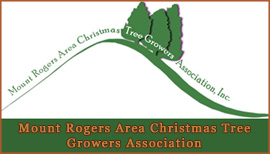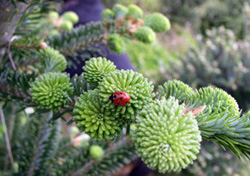Real Trees, Fake Trees, and Fire Facts - the Real Scoop!
Holiday Safety Facts:
- According to the National Fire Protection Association (NFPA), approximately one tenth of one percent (0.12%) of residential fires involve a Christmas Tree -- both real and artificial.
- At NO time can a Real Christmas Tree START or CAUSE a fire. Christmas Trees do not spontaneously combust.
- In 1998 more than 32 million Real Christmas Trees were used in the U.S. Of these, only 0.00093% were ignited in home fires.
- Christmas Trees are not as likely to be the first item ignited in residential fires as many other common household items:
- newspapers and magazines -- 13 times more likely
- boxes or bags -- 10 times more likely
- curtains or drapes -- 9 times more likely
- Overloaded electric outlets and faulty wires are the most common causes of holiday fires in residences - these types of fires can be just as dangerous with an artificial tree.
The National Fire Protection Association tracks fires and their causes. According to their data, of all residential fires, Christmas Trees, both Real and fake, are ignited in less than 1/10 of one percent (0.1%) of all the home fires. Keep that in mind if you see a sensational blazing tree on the "Action News". These trees are often doused in a flammable liquid or cut many months prior to harvest time. Trees that are kept fresh during the holiday season using the NCTA care tips are extremely difficult to ignite.
Don't believe us? Watch this clip shown on the NBC Tonight Show with Jay Leno in December, 2004:
High Speed Connection
Dial Up Connection
See below for examples of artificial tree fires:
Lights on Christmas Tree Spark KC House Fire
Giving Tree Fire Damage $1 Million
The Real Test:
In 2004, the Farmington Hills Fire Department in metropolitan Detroit conducted a test of how real and artificial trees react in a house fire. The artificial tree, which was advertised as “flame retardant,” did resist the flames for an amount of time, but then was engulfed in flames and projected significant heat and toxic smoke, containing hydrogen chloride gas and dioxin.
Click here to see before and after photos of this comparison test.
This article, photos, and links used with permission from the National Christmas Tree Association.
Tips for a Safe Tree:

